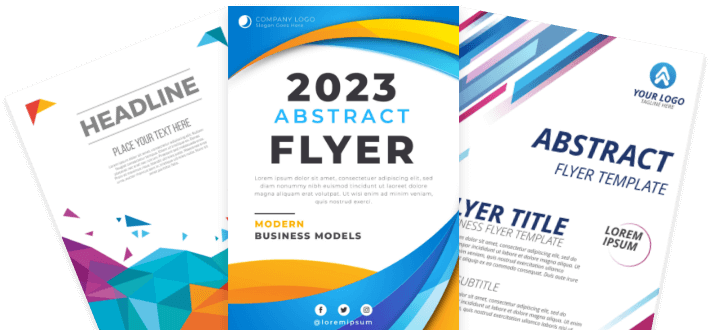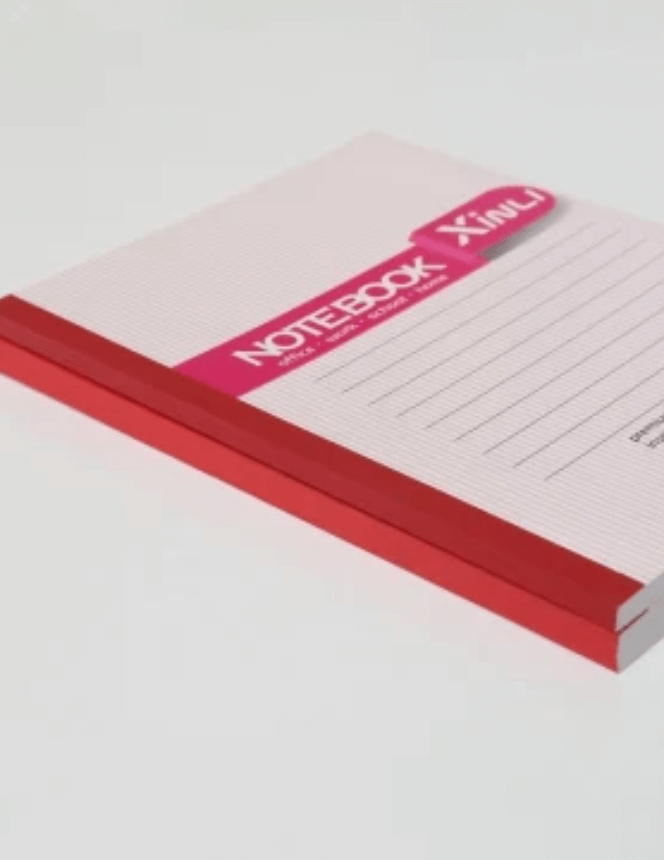Glued Sections
Also known as perfect binding, glued sections binding is a widely used method for paperback and some types of hardcover books. This method involves gluing together individual pages or small groups of pages (called signatures) directly to the spine of the book cover. This technique is commonly used for books, manuals, catalogs, and thicker magazines.
Glued section binding is a cost-effective and relatively quick method for producing books, especially for higher volume runs. The flat spine created by this method also allows for printed spine text, making it a popular choice for books that will be displayed on shelves. It remains a popular choice for multiple types of publications.
Get the best bindery for your print project with glued sections binding!
As a trade printing expert, we take each binding process very seriously, so that your clients’ demands go beyond their expectations. Here’s an general overview of the glued binding production process:
Printing and Collating: The first step is to print the text of the book on large sheets of paper, which are then cut down to size and divided into small groups of pages, often 16 or 32 pages per group, known as signatures. These signatures are then collated in the correct order.
Milling the Spine: The edges of the spine of the collated signatures are milled or roughened to create a textured surface. This texturing is important as it increases the surface area for the glue to adhere to, ensuring a stronger bind.
Applying the Glue: A strong, flexible adhesive is applied to the spine. The type of glue used can vary, but it's typically a hot-melt or a polyurethane-reactive (PUR) adhesive. PUR adhesive is more expensive but offers a stronger and more flexible bond, making it suitable for books that need to be more durable.
Attaching the Cover: While the glue is still hot and tacky, the cover, which is a single piece of paper or cardstock that has been printed and cut to size, is placed around the block of pages. The cover is usually slightly larger than the book block to allow for trimming.
Pressing and Curing: The book is then placed in a press to ensure a tight bond between the pages and the cover. If PUR adhesive is used, it requires some time to cure and achieve full strength.
Trimming: After the glue has dried and the book is removed from the press, the three open sides of the book are trimmed. This gives the book clean, sharp edges and ensures that it opens properly.
Quality Check and Finishing Touches: The finished books are inspected for quality. Additional steps, like adding fold-out covers, flaps, or embossing, can be done depending on the design of the book.
Low startup quantity (minimum 500)
Available on 100% recycled paper
Available with Glossy and matt finish
Available in custom sizes



